Louise Gale - Mandala for the Inspired Artist: Working with Paint, Paper, and Texture to Create Expressive Mandala Art
Here you can read online Louise Gale - Mandala for the Inspired Artist: Working with Paint, Paper, and Texture to Create Expressive Mandala Art full text of the book (entire story) in english for free. Download pdf and epub, get meaning, cover and reviews about this ebook. year: 2016, publisher: Walter Foster Publishing, genre: Children. Description of the work, (preface) as well as reviews are available. Best literature library LitArk.com created for fans of good reading and offers a wide selection of genres:
Romance novel
Science fiction
Adventure
Detective
Science
History
Home and family
Prose
Art
Politics
Computer
Non-fiction
Religion
Business
Children
Humor
Choose a favorite category and find really read worthwhile books. Enjoy immersion in the world of imagination, feel the emotions of the characters or learn something new for yourself, make an fascinating discovery.

- Book:Mandala for the Inspired Artist: Working with Paint, Paper, and Texture to Create Expressive Mandala Art
- Author:
- Publisher:Walter Foster Publishing
- Genre:
- Year:2016
- Rating:5 / 5
- Favourites:Add to favourites
- Your mark:
Mandala for the Inspired Artist: Working with Paint, Paper, and Texture to Create Expressive Mandala Art: summary, description and annotation
We offer to read an annotation, description, summary or preface (depends on what the author of the book "Mandala for the Inspired Artist: Working with Paint, Paper, and Texture to Create Expressive Mandala Art" wrote himself). If you haven't found the necessary information about the book — write in the comments, we will try to find it.
Mandala for the Inspired Artistis sure to spark endless hours of DIY and craft mandala projects and imagination!
Learn how to create your own beautiful mandalas using a variety of tools and mediums. One part inspiration, one part how-to, Mandala for the Inspired Artist is chock full of unique and inspirational prompts, exercises, and approachable step-by-step projects that are perfect for crafters of any skill level. From making art with pencils, paints, and paper to tape, natures textures, and found objects, readers will discover a variety of ways to make unique mandala artwork. This engaging and interactive book is packed with helpful tips and beautiful photographs of finished work to both instruct and inspire. Inside artists will discover how to draw and paint mandalas, how to arrange a mandala, and how to turn their own mandalas into inspiring artwork, home decor, and gifts. Included are interactive pages for brainstorming and sketching, in addition to fun templates for scanning, copying and/or coloring in. Full of inspirational instruction, sophisticated artwork, and a myriad of ideas to explore and build on, Mandala for the Inspired Artist is sure to spur endless DIY and craft projects and spark hours of mandala fun and imagination!
Louise Gale: author's other books
Who wrote Mandala for the Inspired Artist: Working with Paint, Paper, and Texture to Create Expressive Mandala Art? Find out the surname, the name of the author of the book and a list of all author's works by series.

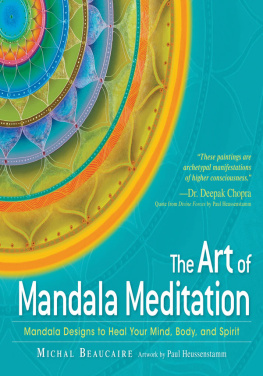
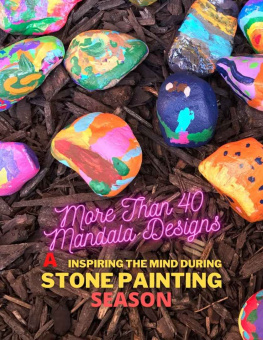
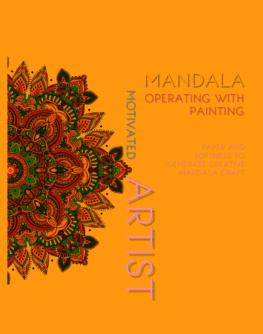
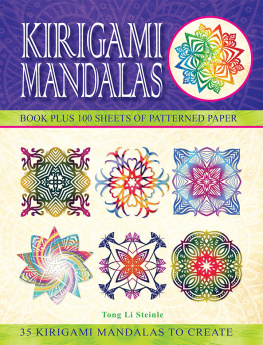
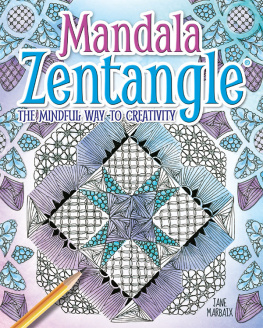
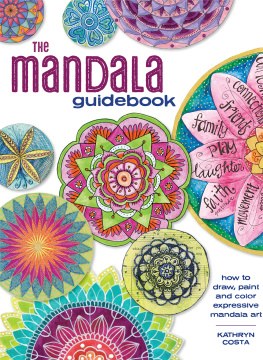
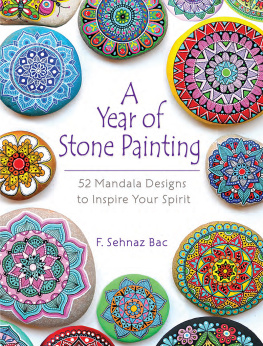
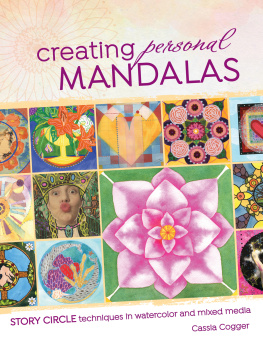
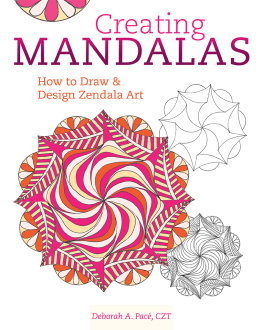
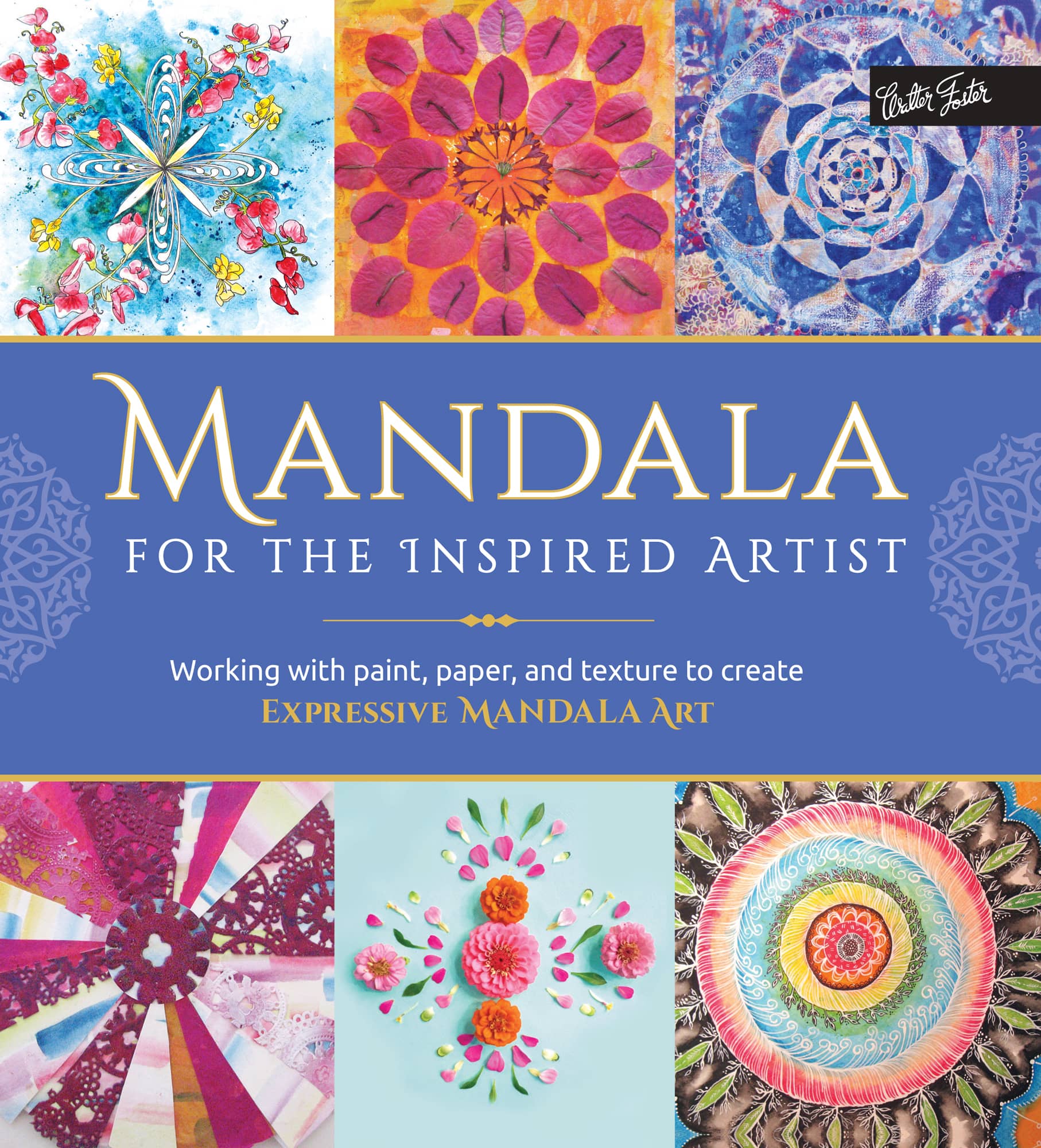





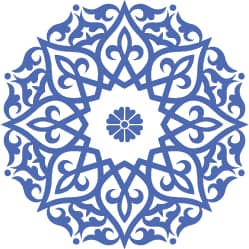 Mandala Basics
Mandala Basics



